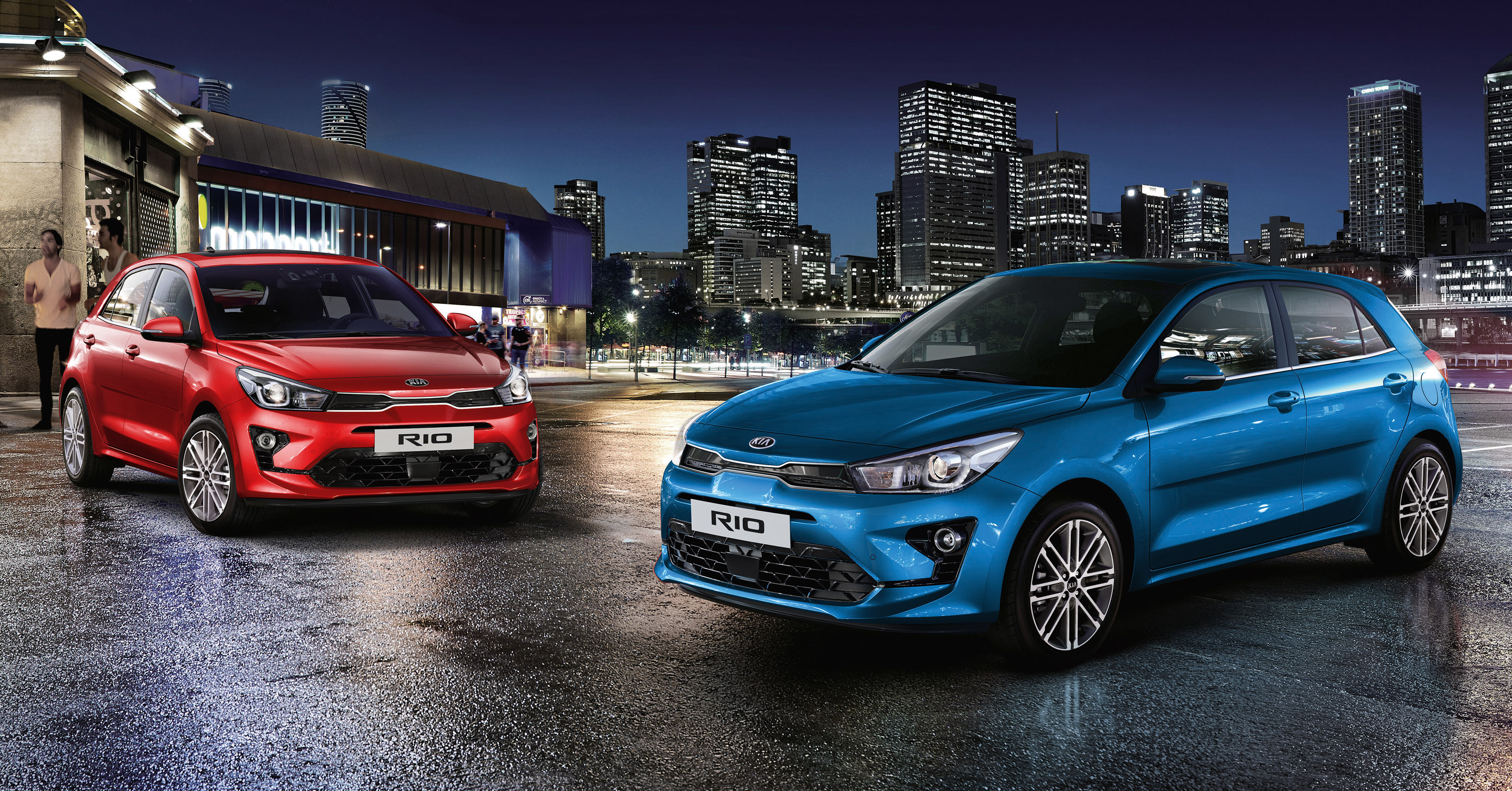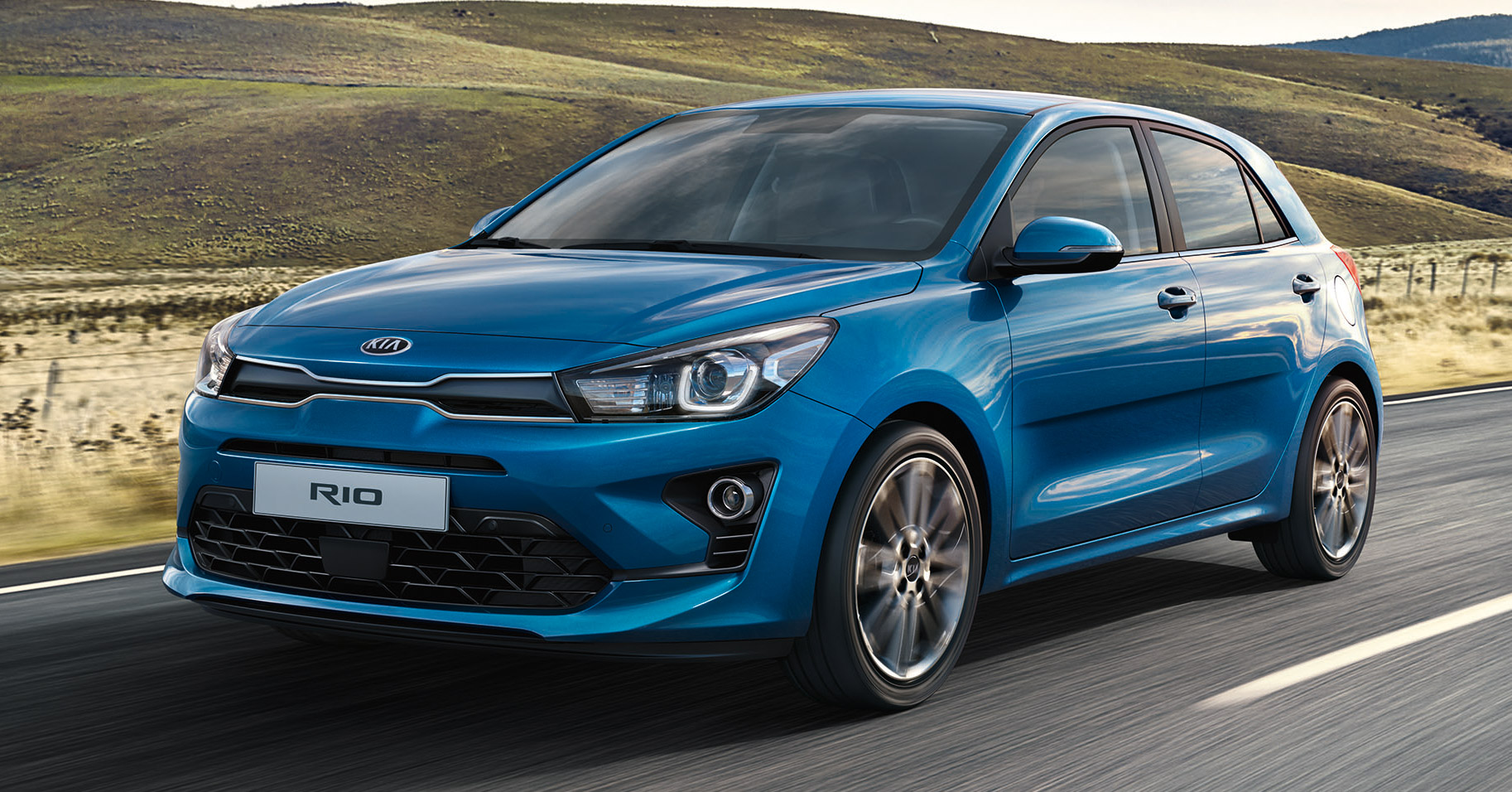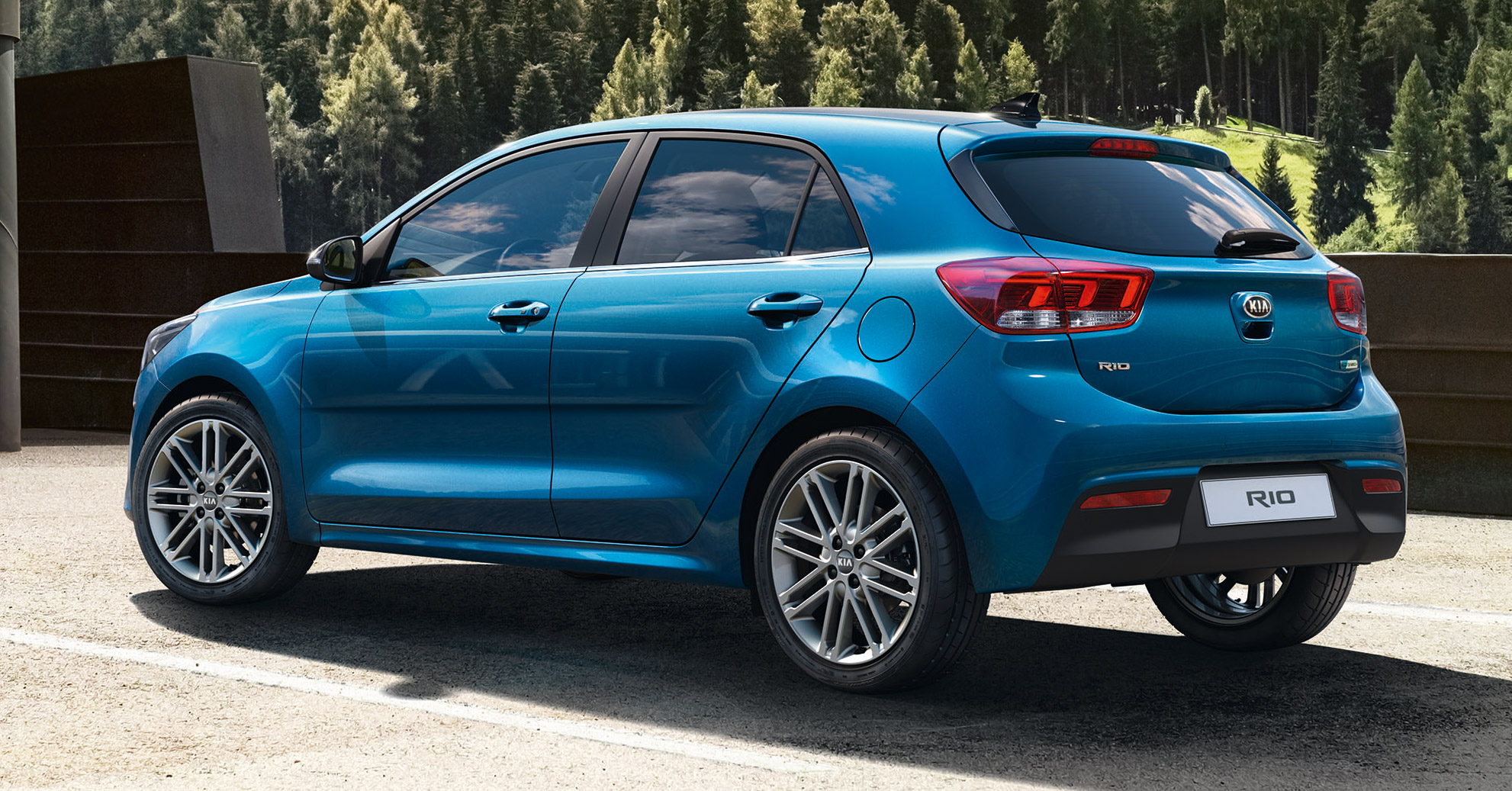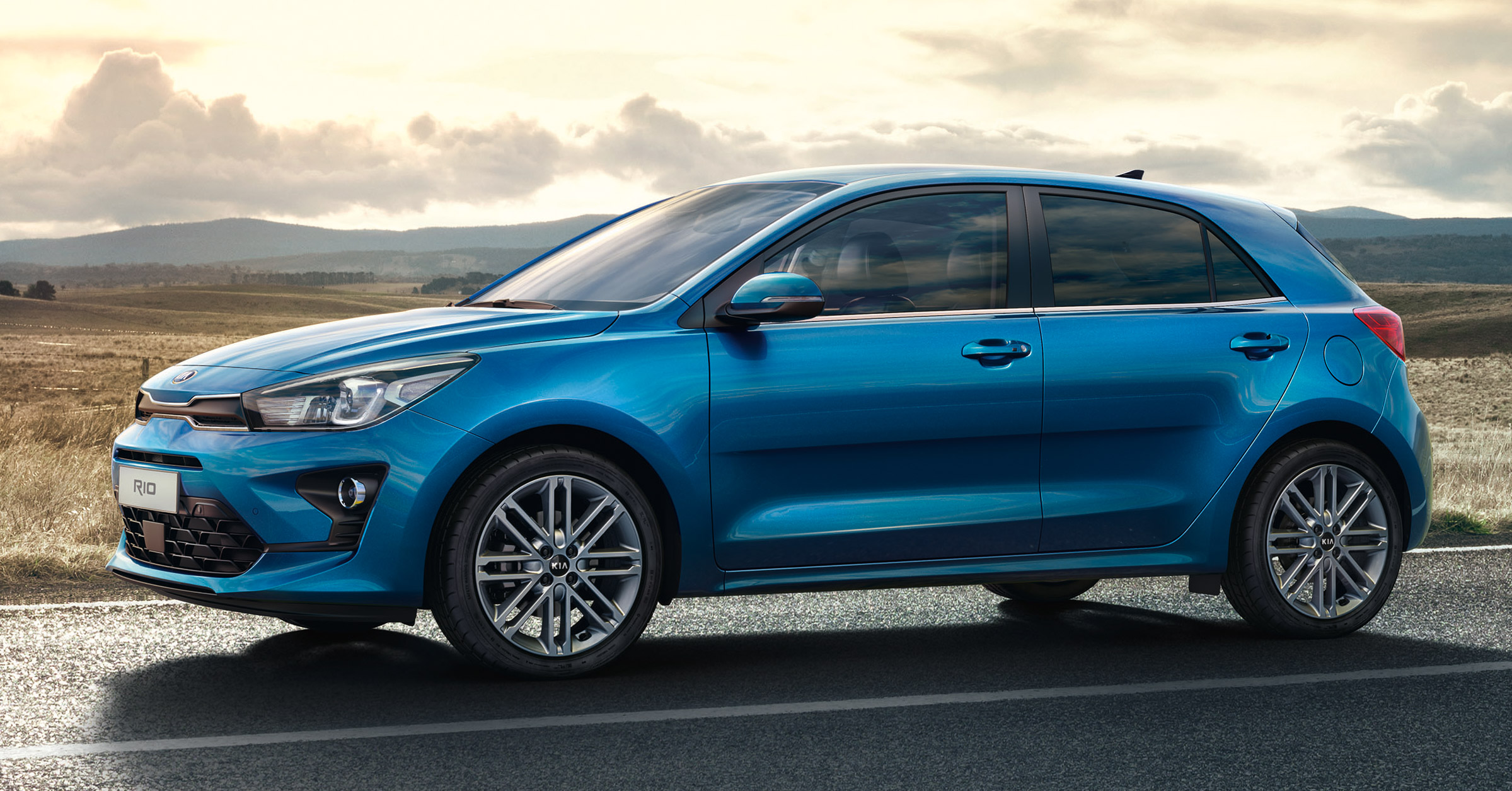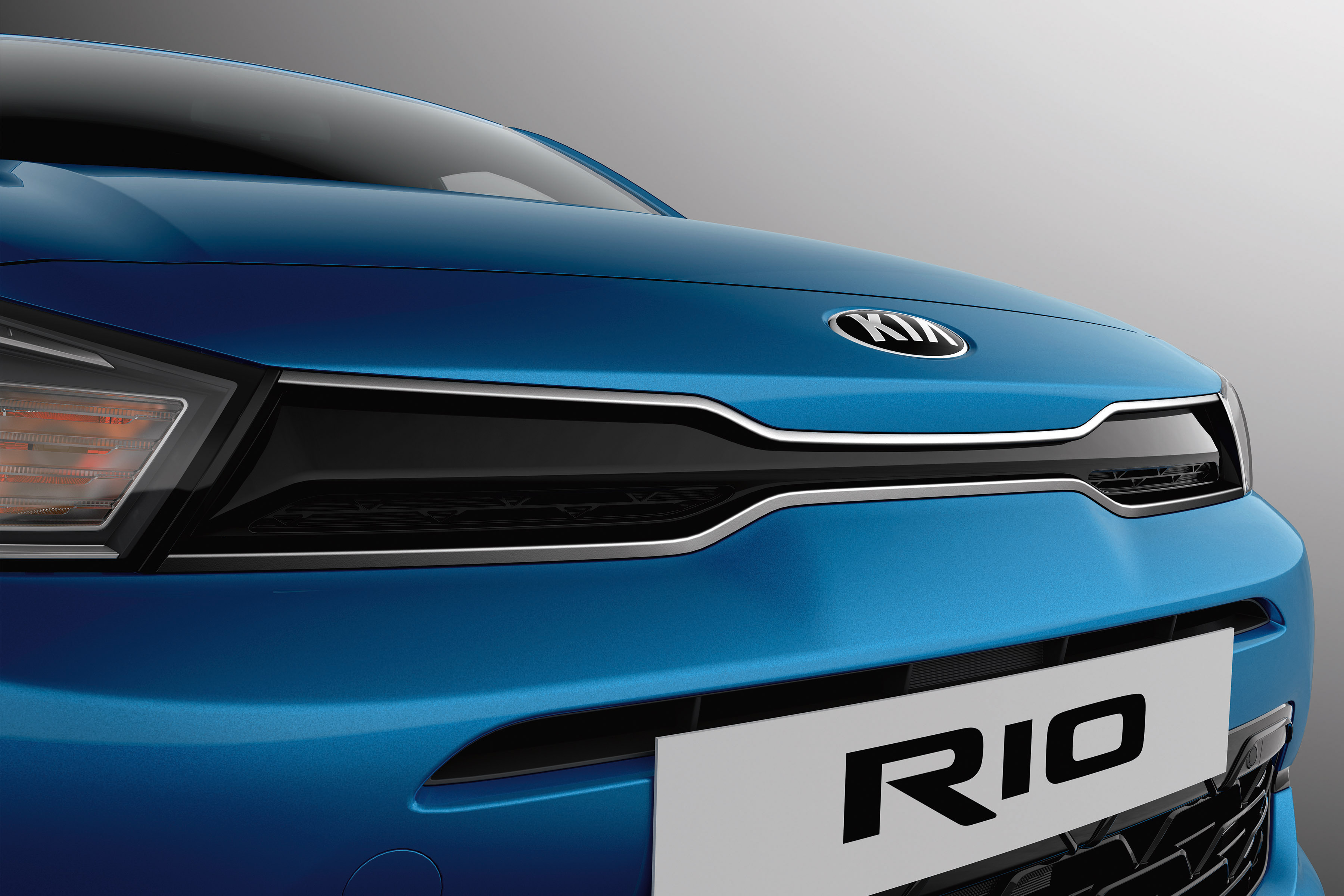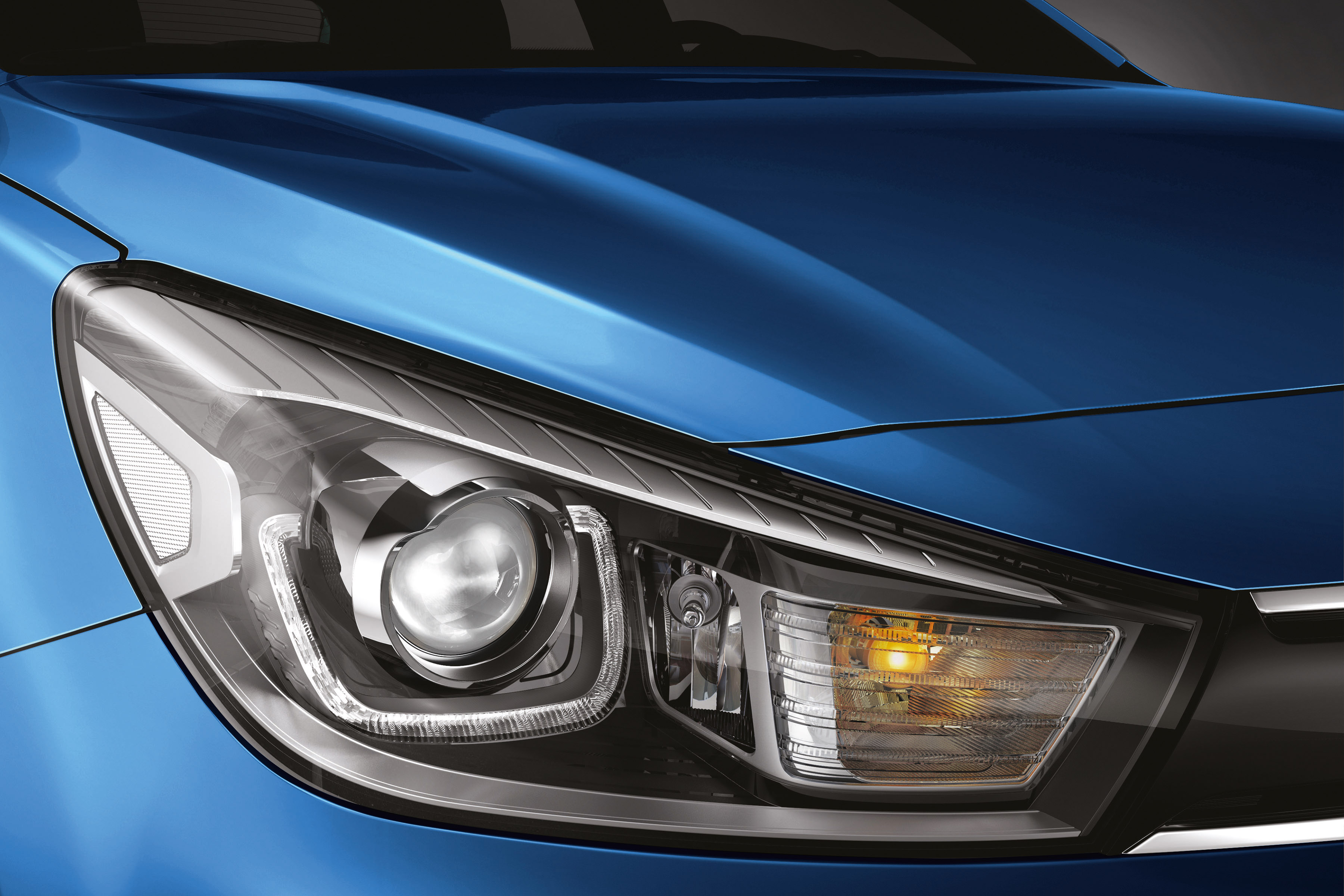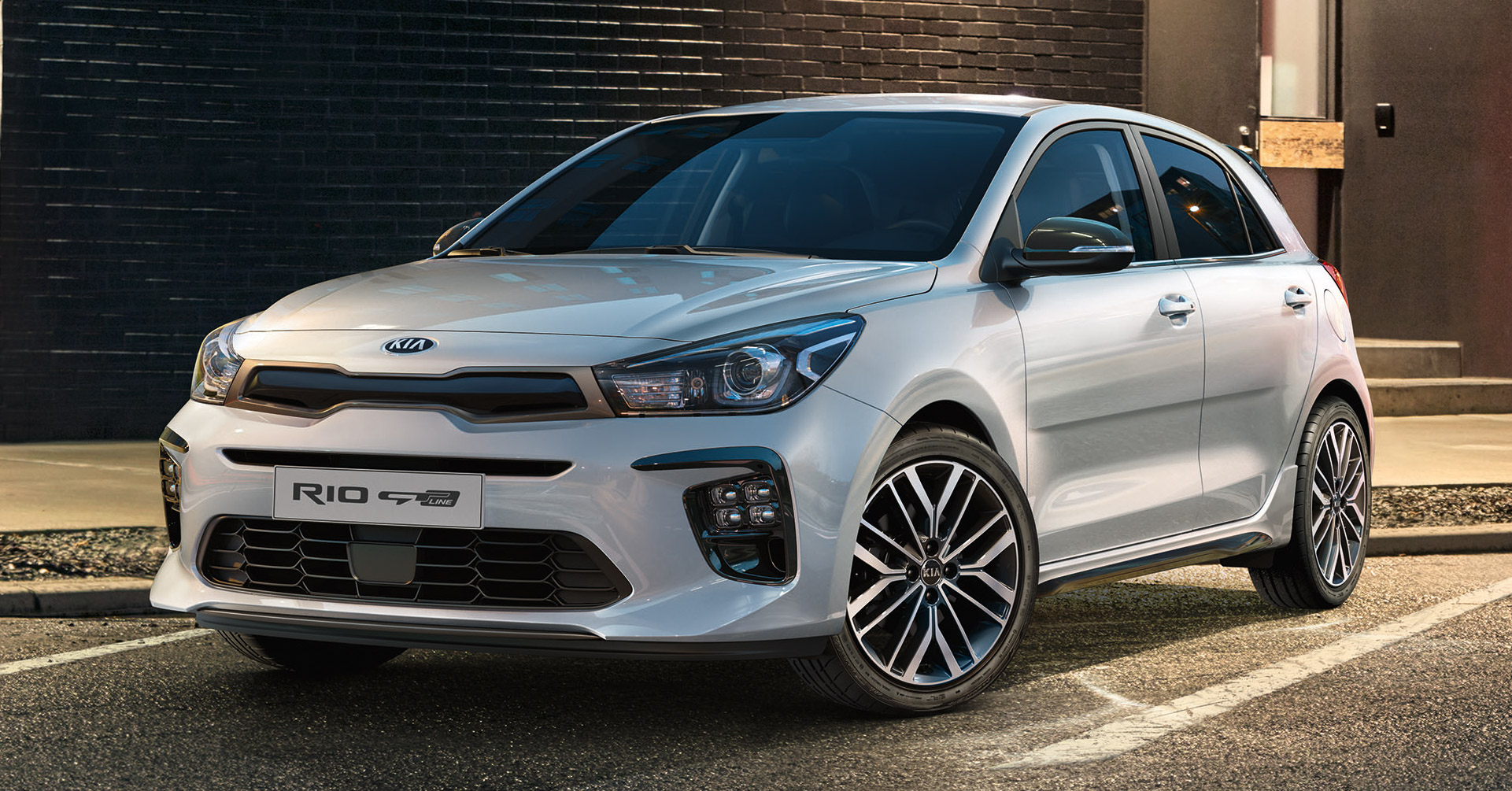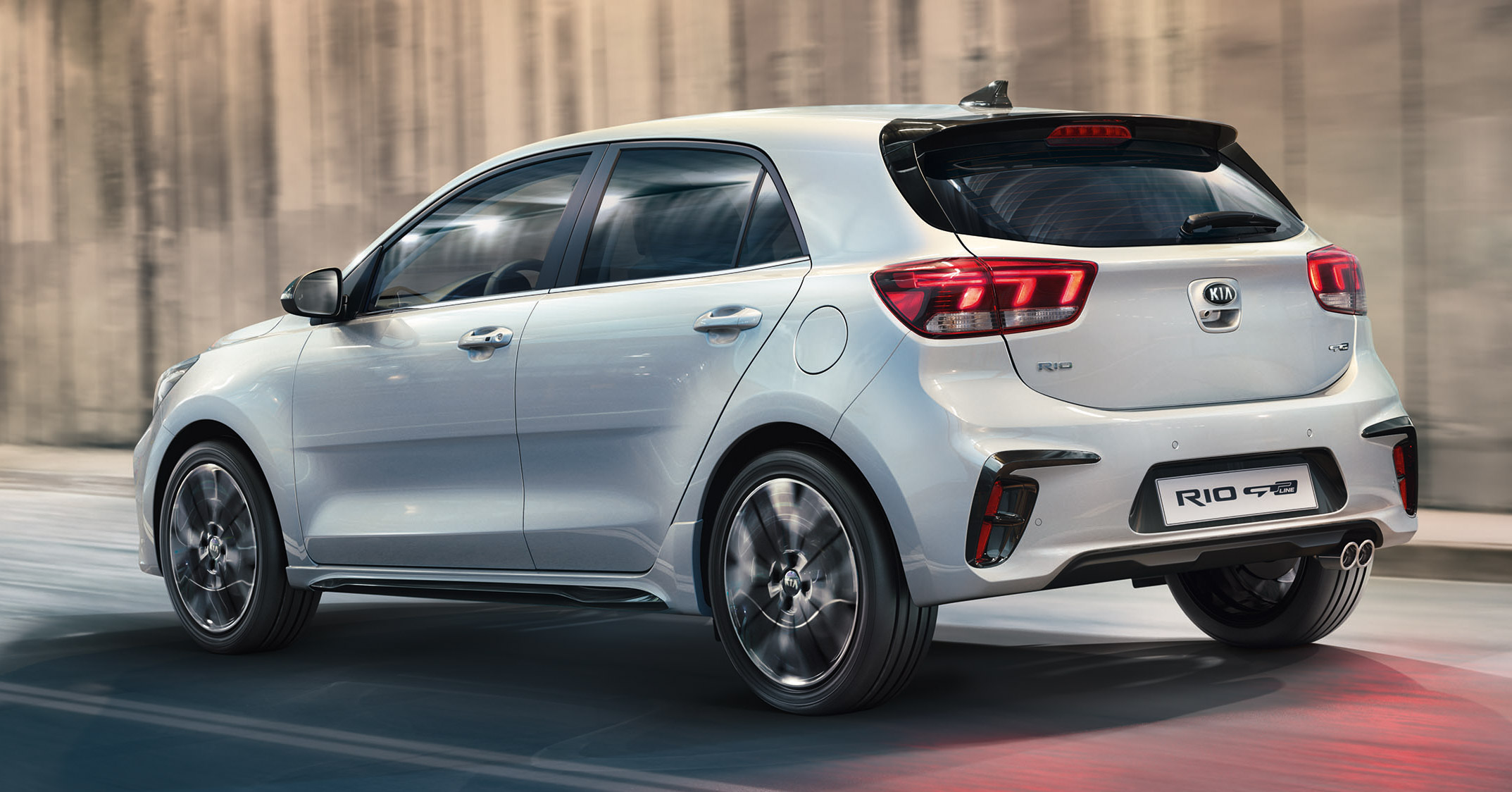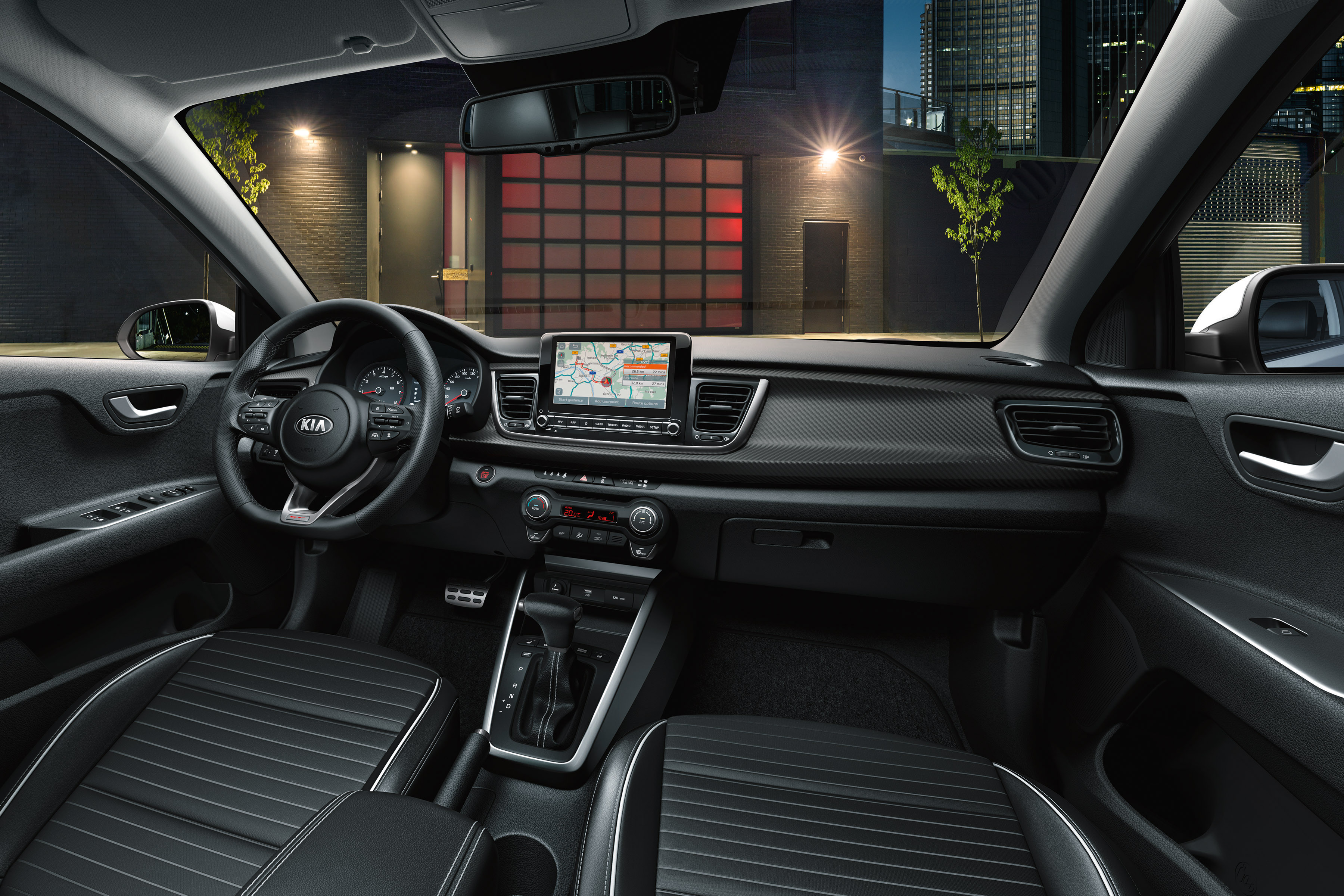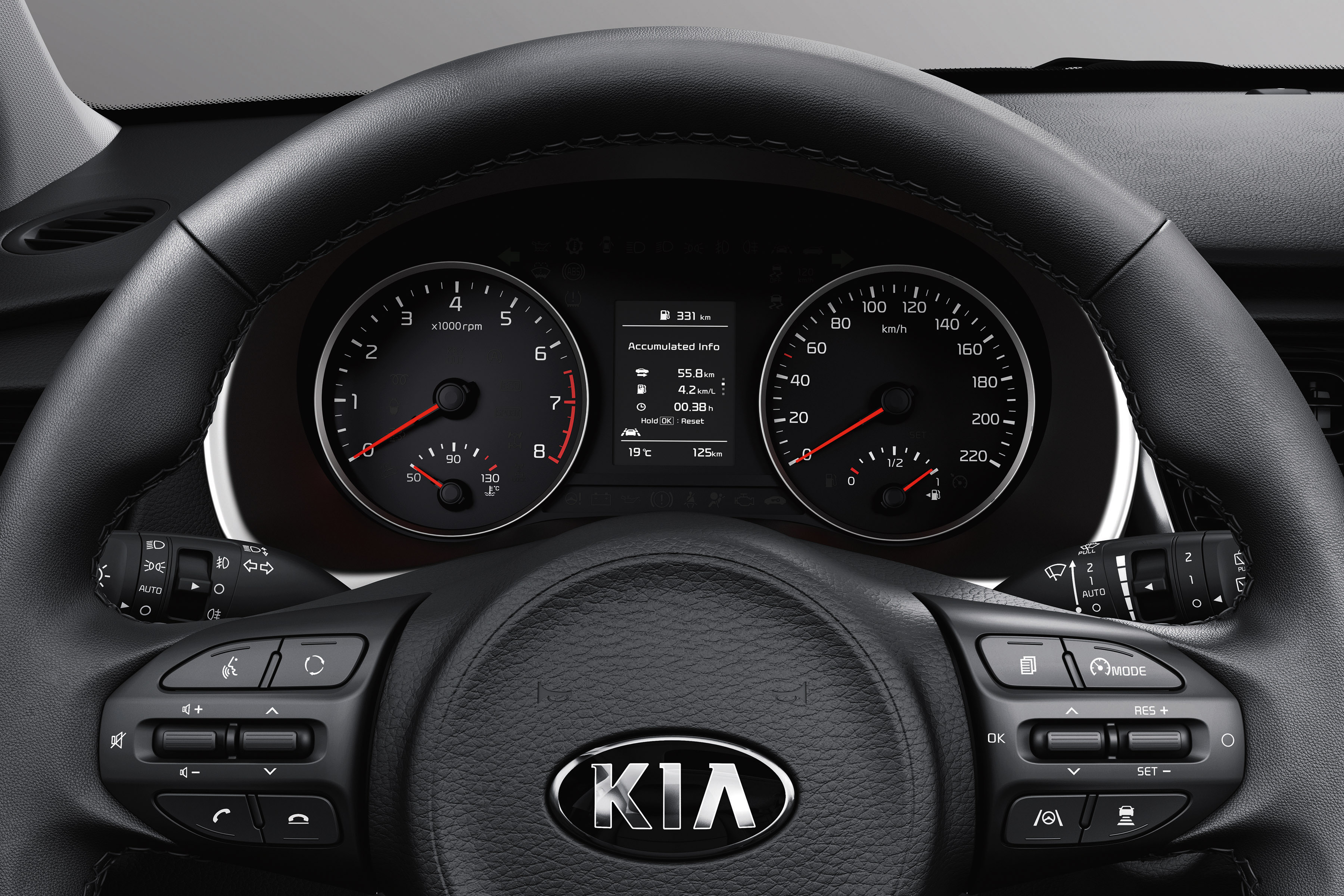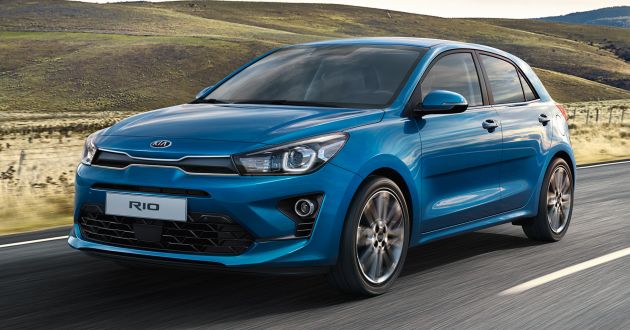
2020 Kia Rio facelift revealed – refreshed B-segment hatchback gets mild hybrid petrol engine, new looks
by Gerard LyeThe fourth-generation Kia Rio has been given its first mid-cycle refresh, with the B-segment hatchback set to go on sale in Europe in the third quarter of 2020. Aside from the expected styling and equipment revisions (we’ll get to that shortly), the Rio also becomes the first Kia model to be powered by a mild hybrid powertrain, dubbed EcoDynamics+.
In the Rio, the setup consists of a Smartstream 1.0 litre turbocharged three-cylinder T-GDi CVVD petrol engine that is linked to a 48-volt lithium-ion polymer battery and what Kia calls a mild-hybrid starter-generator (MHSG) unit.
The MHSG is connected by a belt to the engine’s crankshaft, allowing it to provide some electric power assistance to reduce engine load and emissions. On the other hand, during deceleration, the unit acts as a generator to recuperate energy to recharge the battery.
According to Kia, the EcoDynamics+ powertrain reduces the Rio’s CO2 emissions by between 8.1% and 10.7% following the NEDC combined cycle. It also produces the same power as the previous Kappa T-GDi engine lineup it replaces – 100 PS or 120 PS – but with 16% more torque for the 120 PS variant at 200 Nm.
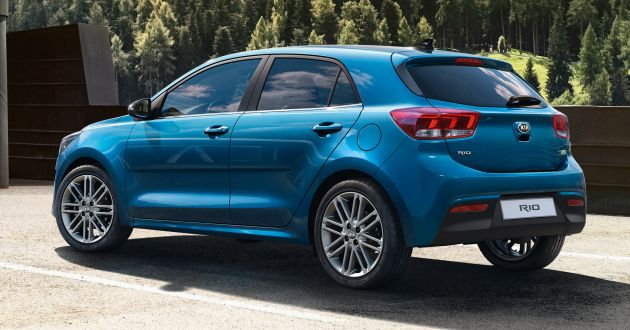
The mild hybrid powertrain will be available with a new intelligent Manual Transmission (iMT) that uses a “clutch-by-wire” system, so there’s no mechanical linkage in play. This integrates with the car’s start-stop function, where the MHSG will switch off the engine earlier when coasting to a halt, improving overall fuel efficiency.
A version of the 100 PS Smartstream engine without the mild hybrid system will also be made available, mated to a six-speed manual transmission instead of the previous five-speed gearbox, or a seven-speed dual-clutch. The latter works with an improved Idle Stop & Go system, which now switches off the engine when both the brake and clutch pedal are depressed as the car comes to a halt.
The engine comes back to life when both pedals are released, and the car re-engages the driver’s selected gear – the system was previously linked exclusively to the clutch. This small adjustment is said to contribute to the Rio’s improved efficiency, although official figures will only be provided later on. A new version of Kia’s 1.2 litre naturally-aspirated four-cylinder with dual-port injection tech and 84 PS will also be offered.
Styling-wise, the majority of the changes are located at the front, with a new front bumper that feature distinctive new fog lamp housings. Kia also says the signature “tiger nose” grille has been narrowed for a “more focused appearance” and all models come with LED headlamps. Additionally, there is also a new 16-inch eight-spoke alloy wheel design to join two new exterior colours – Perennial Grey and Sporty Blue.


Meanwhile, the GT Line version of the Rio looks virtually unchanged from before, retaining the same “ice cube” LED fog lamps as those seen on the cee’d GT and pro_cee’d GT. It’s the same story with the rear of the Rio, which appears identical to before.
Inside, the big change is a larger, 8-inch infotainment touchscreen that sits on the dashboard that can be specified with the latest “Phase II” UVO Connect telematics system. Depending on the trim level, the system can come with satellite-based navigation function and will include Apple CarPlay and Android Auto support.
Also new is the higher-resolution 4.2-inch display in the instrument cluster as well as a new interior customization option in the form of a new blue colour pack. Kia also notes that both standard and GT Line models are also now equipped with driver and optional front passenger seat height adjustability.
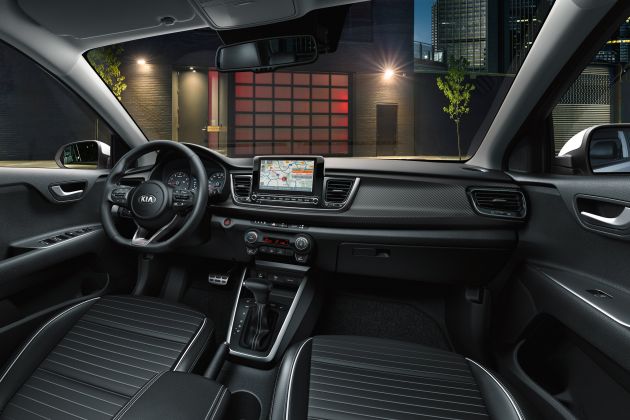
As for available safety and driver assistance technologies, the Rio’s Advanced Driving Assistance Systems (ADAS) suite includes Forward Collision-Avoidance Assist (FCA) with pedestrian, vehicle and newly introduced cyclist recognition, Lane Keeping Assist (LKA), Driver Attention Warning (DAW), and Blind Collision Warning (BCW).
Other additional systems are Blind-Spot Collision-Avoidance Assist (BCA), Intelligent Speed Limit Warning (ISLW), Smart Cruise Control (SCC), Lane Following Assist (LFA), Rear Cross-Traffic Collision-Avoidance Assist (RCCA), Rear Occupant Alert (ROA), and Leading Vehicle Departure Alert.
Items like six airbags, Isofix child seat anchors, Vehicle Stability Management (VSM), Electronic Stability Control (ESC), Cornering Brake Control (CBC) and Straight-line Stability (SLS) are all standard on the Rio.
